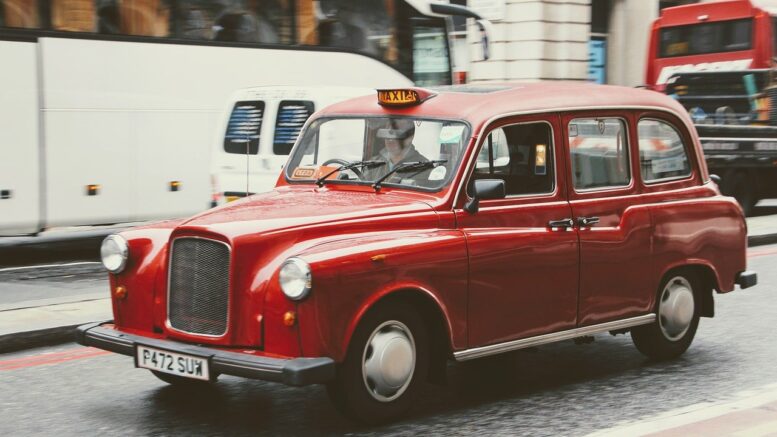We hear a lot about self-driving cars and the autonomous future of motoring.
Some people think it spells the inevitable death of car ownership and will remove the need to drive yourself anywhere, while others aren’t quite as sold on its ability to destroy the driving industry.
But what about the taxi industry? Are the drivers who ferry us safely around set for a future of less or – worse – no driving at all, thanks to the increasing numbers of autonomous vehicles rapidly heading to the market?
As you might expect, it’s not quite as clear cut as that.
When will self-driving taxis arrive?
According to the taxi company, Addison Lee, self-driving cars are likely to be launched by 2021.
However, it sounds like a Herculean effort to get it off the ground – and it is peppered with legitimate safety fears.
For instance, Addison Lee are teaming up with a self-driving software specialist firm to develop digital maps of more than 250,000 miles of public roads.
This involves pinpointing every road sign, kerb and traffic light to help make self-driven cars as safe as possible.
The UK government are throwing their weight behind it, too, and there’s clearly a desire on behalf of companies like Addison Lee to beat arch rivals Uber and other disruptive firms to the market with the first driverless taxis.
But what about the small cab firms which are currently relied on by huge swathes of the population?
There’s some way to go when it comes to trust
In 2018, a woman was tragically killed by an Uber-operated self-driving car in Arizona.
This led to the suspension of testing such vehicles by the taxi giant, and raised significant questions about the legitimacy and safety of such technology in the world today.
Is it simply too early to rely on self-driving cars?
Possibly. Trials have already taken place in London with autonomous vehicle technology consortium, DRIVEN, sitting at the helm. However, the courses taken by the cars were short, pre-programmed and kept largely away from the busier areas of the city.
It’s also important to note that the Department for Transport’s self-driving guidelines, still require “a driver or operator, in or out of the vehicle, who is ready, able, and willing to resume control of the vehicle”.
When it comes to taxis, that means an operator will still very much be required for the foreseeable future. This is, in part, to comply with guidelines but also in recognition of the fact that the technology isn’t faultless, and sometimes needs human intervention to prevent disasters.
Can both traditional taxis and automated cars operate side-by-side?
Arguably, yes.
If we look at the demand for driverless cars in general, it’s always tempered by the fact that many people actually enjoy the process of owning and driving cars.
These people don’t want to give up one of life’s pleasures and passions, which is why autonomous vehicles will forever be driving side-by-side with their human-operated counterparts.
The same will be true for the taxi industry. For some, the idea of a taxi-driverless future will be welcome, while others – and, probably for the foreseeable future, the majority – may simply prefer to have someone sat in the driver’s seat.
Ask yourself: would you happily get into a driverless car now for a taxi ride?
We’re not quite there yet, are we?

Be the first to comment on "How Will Driverless Cars Impact The Taxi Driving Industry?"